Examples of Estimation Filters
from Recent Aircraft Projects at MIT
November 2004
Sanghyuk Park and Jonathan How
�
Vehicles & Navigation Sensors
OHS (Outboard
Horizontal Stabilizer)
Navigation Sensors (Piccolo from Cloudcap Tech)
• GPS Motorola M12
• Inertial
• 3 Tokin CG-16D rate gyros
• 3 ADXL202 accelerometers
• Air Data
• Dynamic & absolute pressure sensor
• Air temperature sensor
• MHX 910/2400 radio modem
• MPC555 CPU
• Crista Inertial Measurement Unit
• 3 Analog Devices ADXL accelerometers
• 3 ADXRS MEMs rate sensors
Navigation Sensors
• GPS Receiver (Marconi, Allstar)
• Inertial Sensors
- Crossbow 3-axis Accelerometer,
Tokin Ceramic Gyro (MINI) or
Crossbow IMU (OHS)
• Pitot Static Probe: measures
airspeed
• Altitude Pressure Sensor
�
Complementary Filter (CF)
Often, there are cases where you have two different measurement sources for
estimating one variable and the noise properties of the two measurements
are such that one source gives good information only in low frequency region
while the other is good only in high frequency region.
Æ You can use a complementary filter !
Example : Tilt angle estimation using accelerometer and rate gyro
accelerometer
rate gyro
θ
rate)
(angular
≈ ∫
dt
θ
- not good in long term
due to integration
High Pass Filter
⎛
=
⎜
⎝
s
τ
for
,
s
1
+
τ
example
⎞
⎟
⎠
estθ
≈
θ
accel.
⎛
sin 1
−
⎜⎜
⎝
output
g
⎞
⎟⎟
⎠
- only good in long term
- not proper during fast motion
Low Pass Filter
= ⎛
⎜
⎝
1
⎞
⎟
s +
1
⎠τ
�
Complementary Filter(CF) Examples
• CF1. Roll Angle Estimation
• CF2. Pitch Angle Estimation
• CF3. Altitude Estimation
• CF4. Altitude Rate Estimation
�
CF1. Roll Angle Estimation
• High freq. : integrating roll rate (p) gyro output
• Low freq. : using aircraft kinematics
- Assuming steady state turn dynamics,
roll angle is related with turning rate, which is close to yaw rate (r)
L sin φ= mVΩ
L ≈ mg
≈ Ω r
sinφ≈φ
φ≈
V
g
r
HPF
LPF
+
+
φ
Roll
angle
estimate
CF setup
p
r
Roll
Rate
Gyro
Yaw
Rate
Gyro
1
s
V
g
�
CF2. Pitch Angle Estimation
• High freq. : integrating pitch rate (q) gyro output
• Low freq. : using the sensitivity of accelerometers to gravity direction
- “gravity aiding”
In steady state
AX = g sin θ
AZ − = g cosθ
AX , AZ −
A ⎞
θ = tan 1 ⎛
⎟
⎜⎜−
x
⎟
⎝ Az ⎠
−
accelerome
ter
outputs
• Roll angle compensation is needed
CF setup
qmeas
φ est
A
x
A
z
φ est
� ≈ qmeas cosφ
θ
est
1
s
θ = tan 1 ⎜⎜ −
ss
−
x
⎛
⎝ Az
A cosφ est ⎟⎟
⎞
⎠
HPF
LPF
+
+
θ
est
�
CF3. Altitude Estimation
• Motivation : GPS receiver gives altitude output, but it has ~0.4 seconds of delay.
In order of overcome this, pressure sensor was added.
• Low freq. : from GPS receiver
• High freq. : from pressure sensor
CF setup & flight data
h
from
Pressure
Sensor
h
from
GPS
KF
HPF
LPF
+
+
h
est
�
CF4. Altitude Rate Estimation
• Motivation : GPS receiver gives altitude rate, but it has ~0.4 seconds of delay.
In order of overcome this, inertial sensor outputs were added.
• Low freq. : from GPS receiver
• High freq. : integrating acceleration estimate in altitude direction
from inertial sensors
CF setup az
a
y
ax
Angular Transform
est ,
estθ
φ
ah
1
s
�h
from
GPS
KF
note
:
ax⎪
⎧
ay
⎨
⎪
a
z
⎩
⎫
⎪
⎬
⎪
⎭
⎧
⎪
⎨=
⎪
⎩
Ax
Ay
Az
⎫
⎪
⎬
−
φ[
est θ[
]
⎪
⎭
est
⎧
⎪
⎨]
⎪
⎩
0
⎫
⎪
0
⎬
⎪
⎭− g
,
A Ax
z −
]φ[ est , θ[
est ]
accelerome
angular
:
ter
outputs
transforma
tion
HPF
LPF
+
+
�
hest
matrices
�
















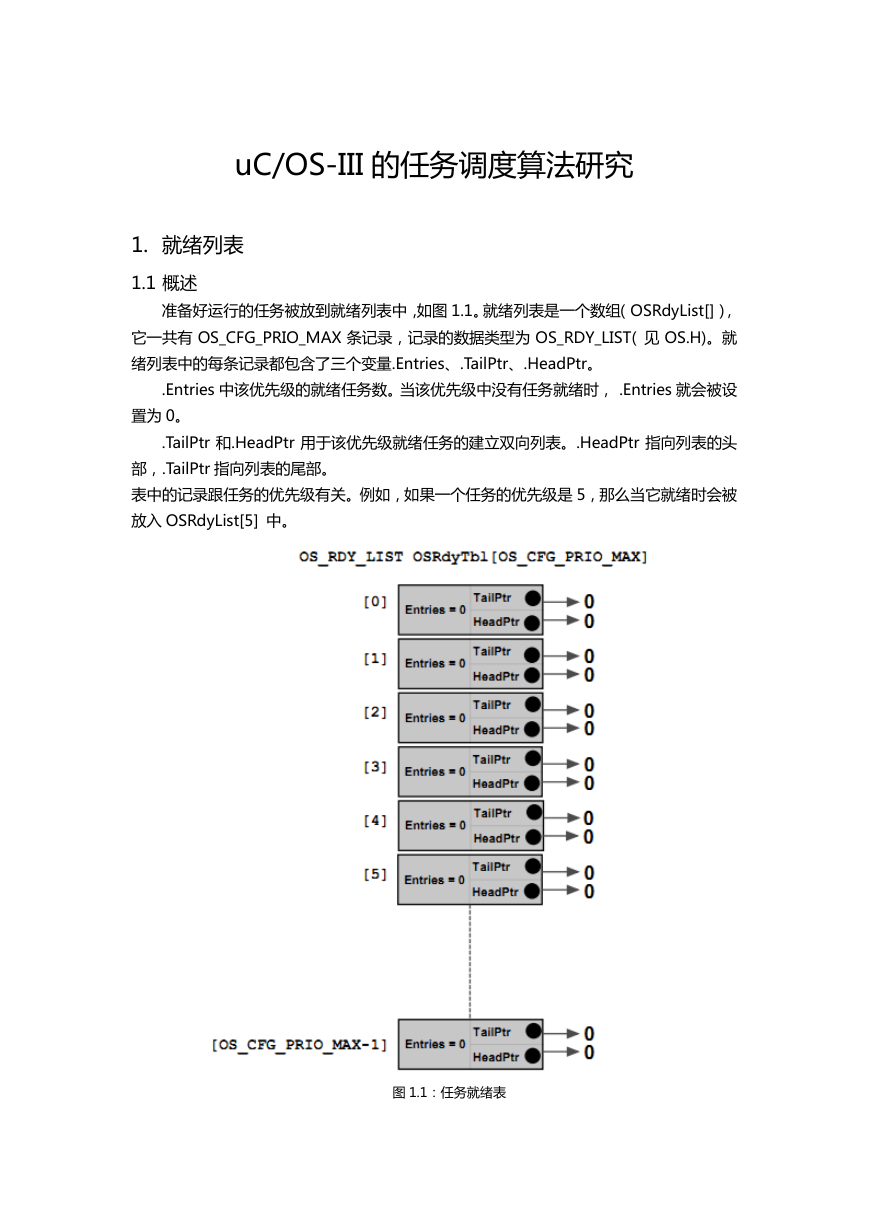 uCOS-III的任务调度算法研究.pdf
uCOS-III的任务调度算法研究.pdf STM32F103x8B_DS_CH_V10(7STM32中文数据手册).pdf
STM32F103x8B_DS_CH_V10(7STM32中文数据手册).pdf FX2N系列PLC培训教程.pdf
FX2N系列PLC培训教程.pdf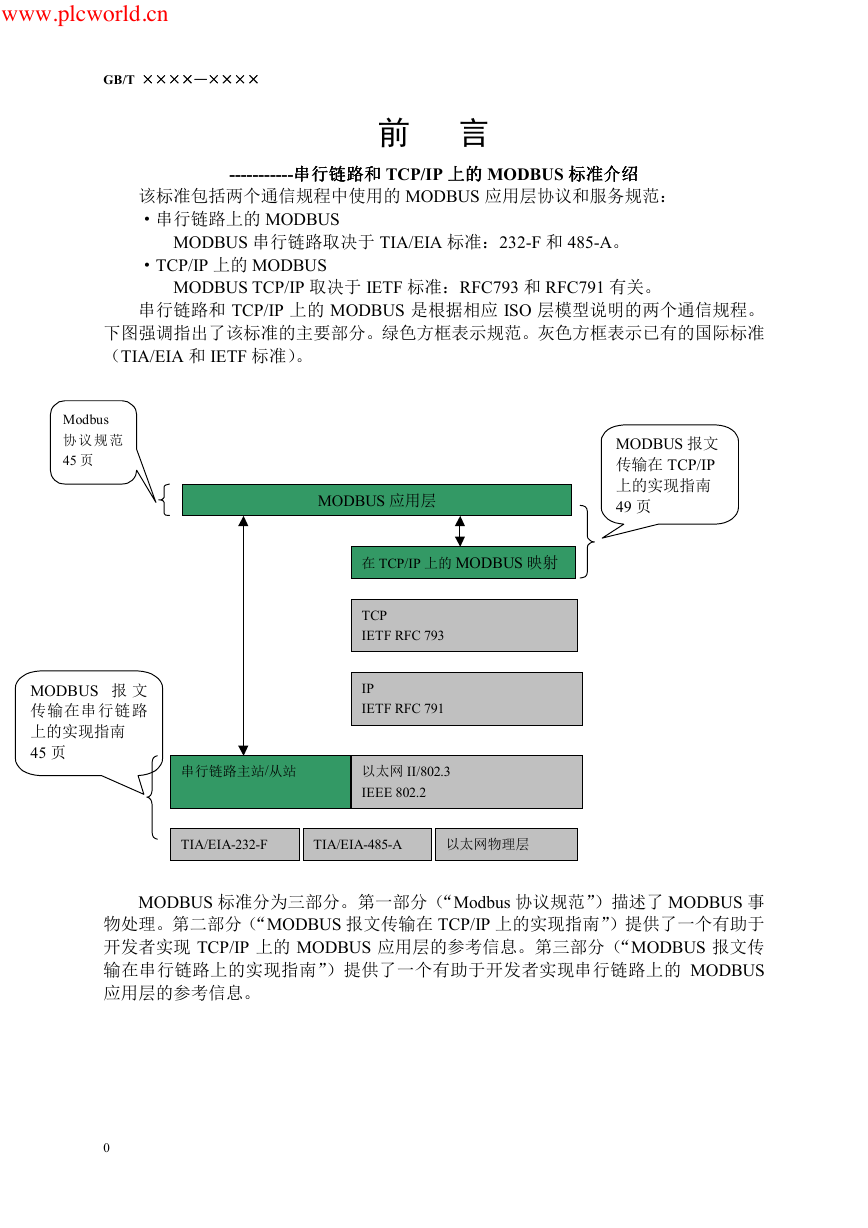 Modbus协议资料.pdf
Modbus协议资料.pdf WM8978中文资料(芯片资料).doc
WM8978中文资料(芯片资料).doc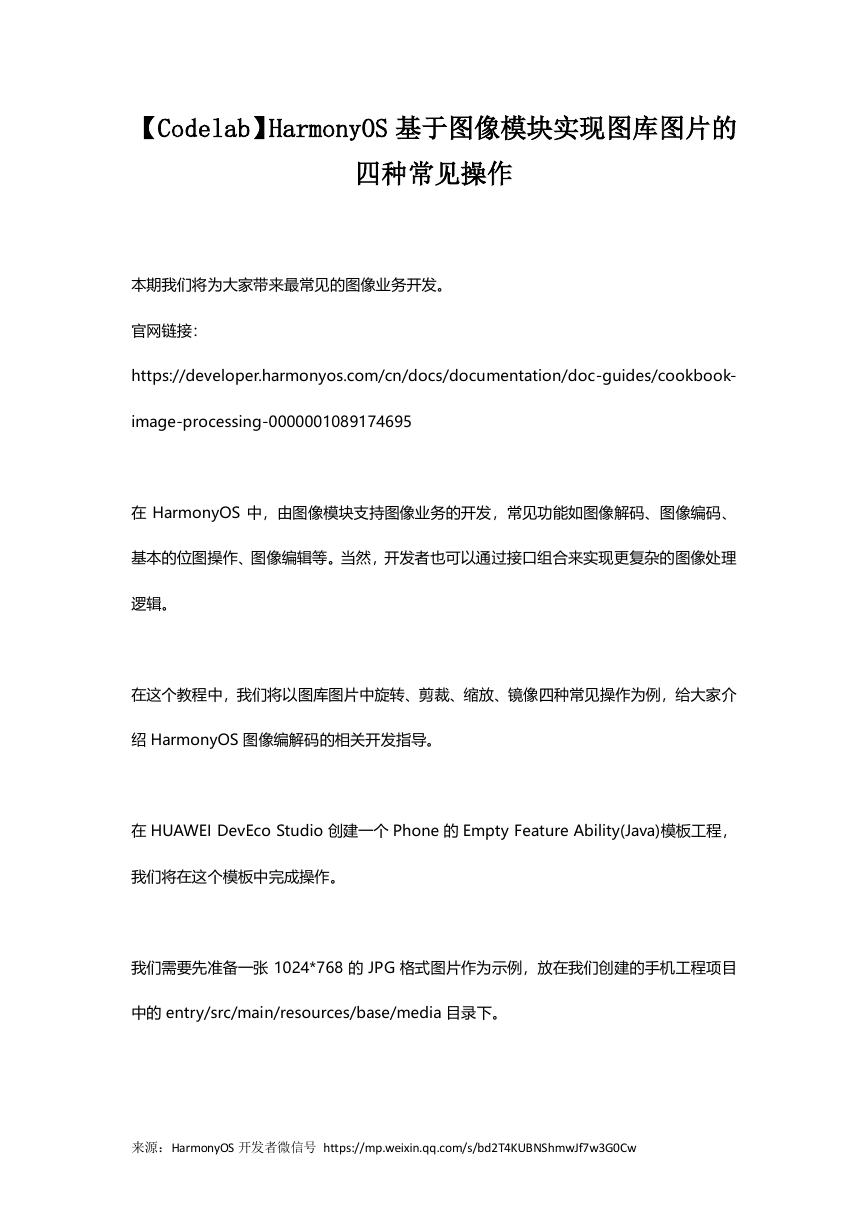 5-1.【Codelab】HarmonyOS基于图像模块实现图库图片的四种常见操作.pdf
5-1.【Codelab】HarmonyOS基于图像模块实现图库图片的四种常见操作.pdf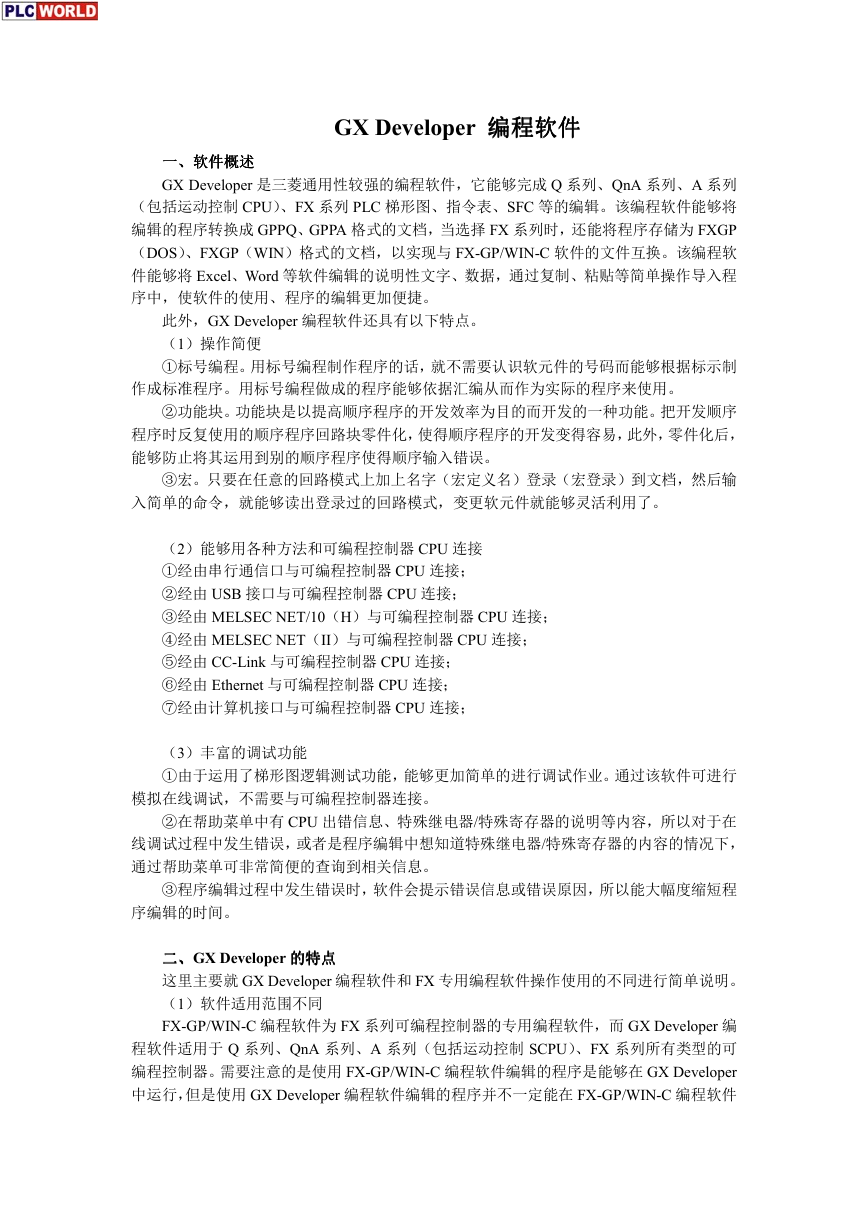 GX Developer 编程软件使用说明.pdf
GX Developer 编程软件使用说明.pdf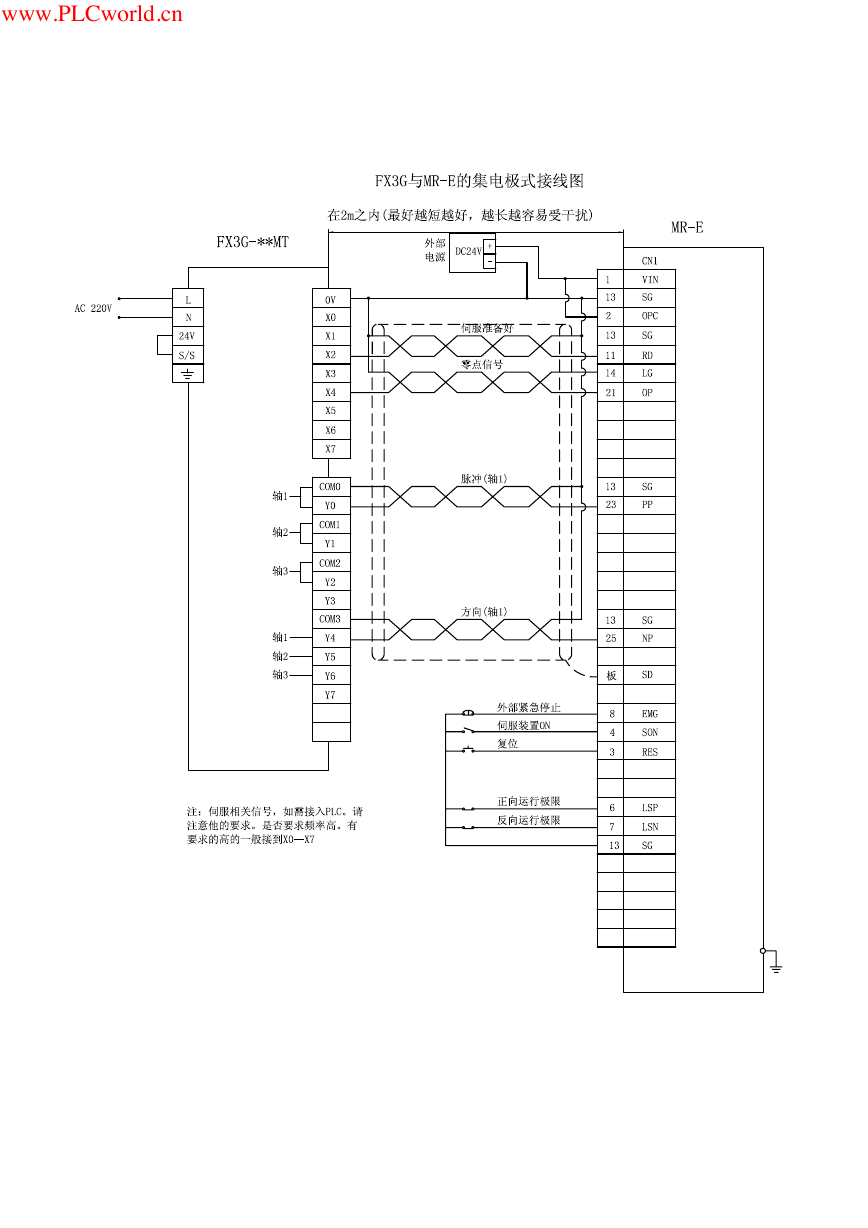 MR-E伺服与FX3G接线图.pdf
MR-E伺服与FX3G接线图.pdf ATK-NEO-6M GPS模块常见问题汇总_201400721.pdf
ATK-NEO-6M GPS模块常见问题汇总_201400721.pdf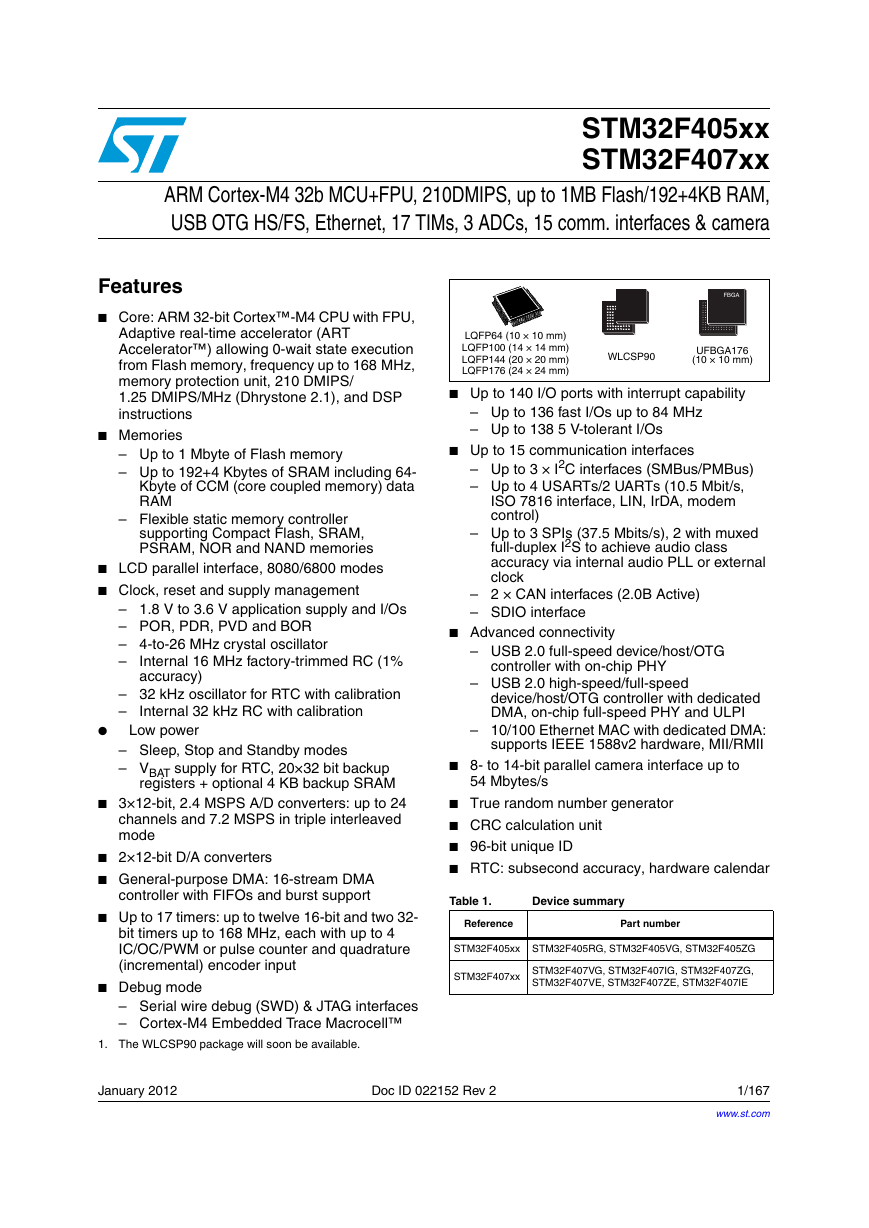 STM32F407ZGT6(芯片资料).pdf
STM32F407ZGT6(芯片资料).pdf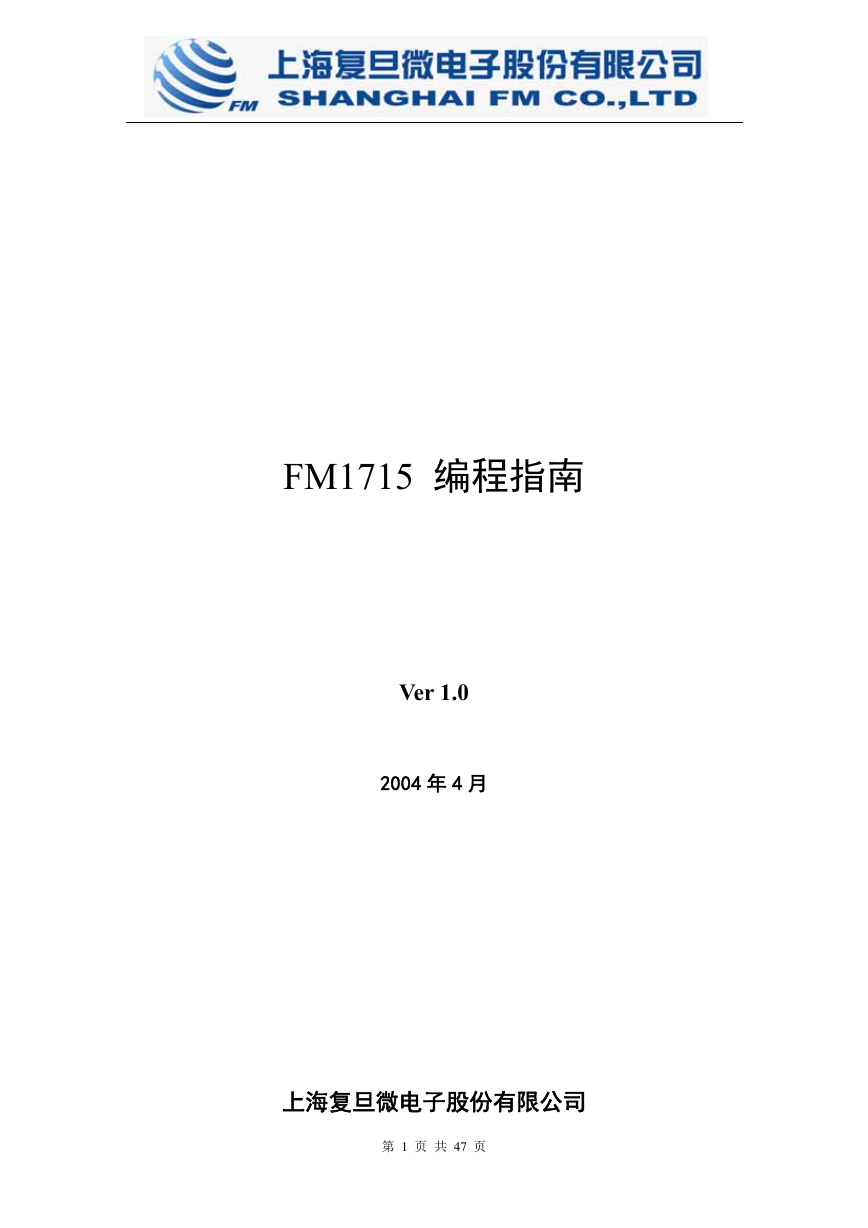 FM1715编程指南.pdf
FM1715编程指南.pdf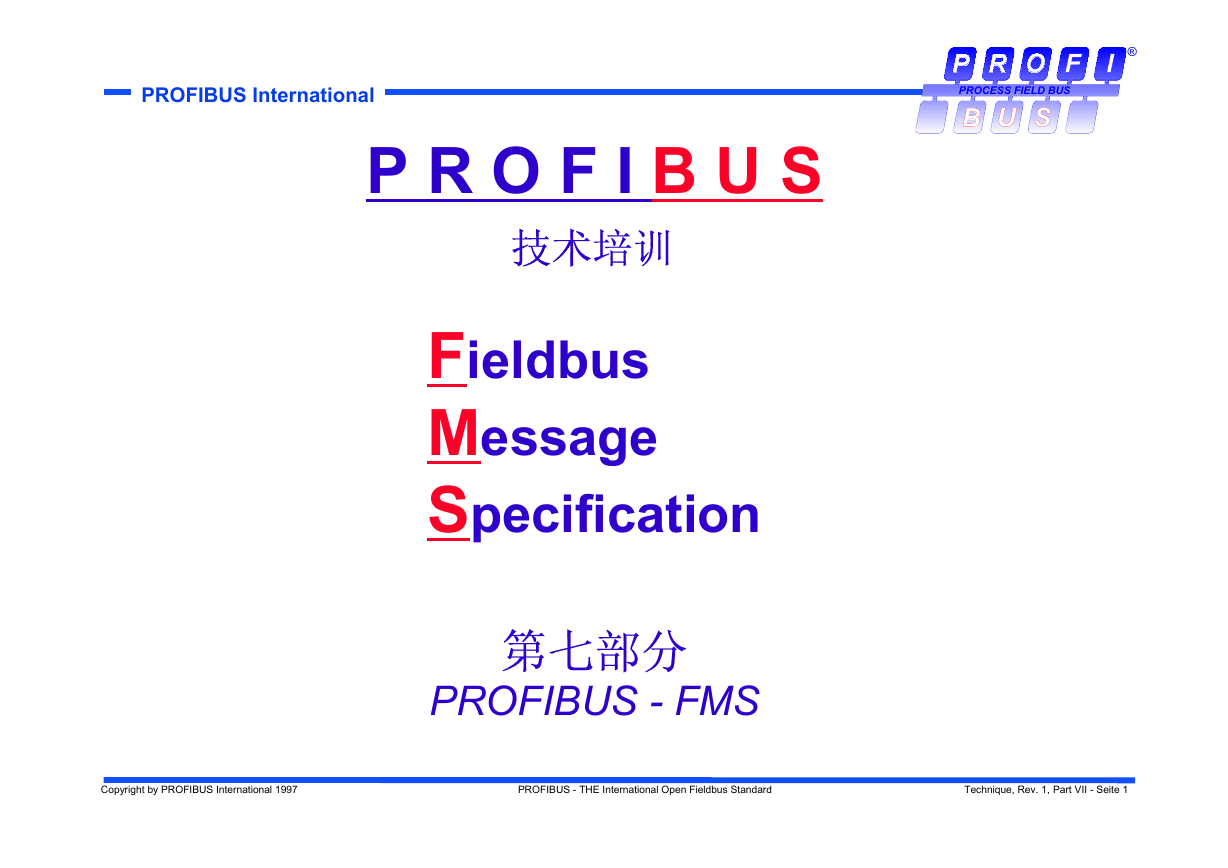 Profibus教程-7.PROFIBUS-FMS.pdf
Profibus教程-7.PROFIBUS-FMS.pdf